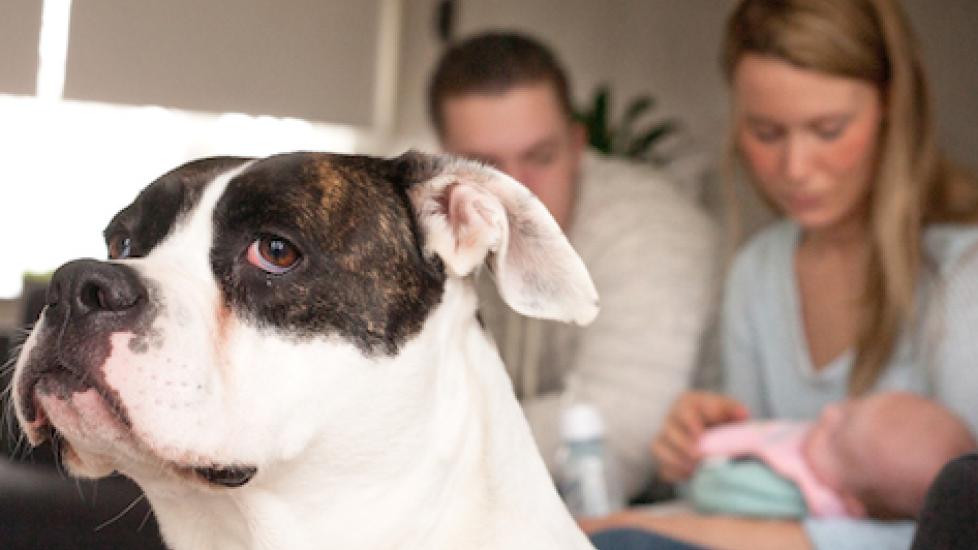In the realm of pet ownership, there exists a plethora of myths that often leave new or prospective owners scratching their heads. One such myth is the belief that pets should be banished from households with newborn babies for fear they might pose a threat to the infant’s health or safety. However, this notion is as outdated as it is unfounded. It’s time to debunk these myths once and for all and embrace the truth about how pets can enrich family life during those precious early days.
Myth 1: Pets Spread Disease
One common misconception is that animals harbor germs that could make infants sick. While it’s true that pets can carry bacteria and parasites on their fur, regular grooming practices like bathing your dog or cat can significantly reduce these risks. Moreover, many illnesses associated with pets are not transferable to humans, especially when proper hygiene measures are taken. In fact, studies have shown that children growing up around pets tend to develop stronger immune systems due to exposure to these microorganisms.
Myth 2: Pets Are Distractions in an Already Chaotic Time
It’s understandable that new parents may feel overwhelmed by the demands of caring for a baby. Yet, having a pet doesn’t necessarily add stress; rather, it can provide comfort and companionship during sleepless nights and long days spent indoors. Dogs, in particular, can offer a sense of routine through walks, which benefits both parent and child. Cats, with their independent nature, can provide quiet entertainment without requiring too much hands-on attention.
Myth 3: Small Animals Pose More Danger Than Larger Ones
While it’s crucial to supervise any interaction between pets and infants, size isn’t always indicative of risk level. Smaller creatures like hamsters or guinea pigs are often considered more dangerous because they can bite if frightened or handled roughly. Conversely, larger dogs trained to be gentle can actually serve as excellent protectors, watching over the home and alerting caregivers to potential dangers. The key here lies in responsible pet parenting—ensuring that your animal companion understands its role within the household hierarchy and has been socialized appropriately.
Myth 4: Babies and Pets Can Never Coexist Peacefully
This couldn’t be further from the truth! With some planning and adjustments, most pets can learn to live harmoniously alongside a new addition to the family. For instance, creating a safe space where the pet feels secure while still allowing them access to areas away from the baby helps alleviate anxiety. Additionally, training sessions focused on reinforcing positive behaviors around the baby (such as calmness) can go a long way toward fostering mutual respect among all members of the household.
The Reality: A Pet Can Be a Wonderful Companion
By dispelling these myths, we open ourselves up to the reality that pets can indeed be wonderful additions to families with young children. They teach responsibility, promote empathy, and offer unconditional love—qualities essential in shaping a nurturing environment for little ones. So let us celebrate our four-legged friends who so eagerly await each day’s adventures alongside their human counterparts—both old enough to walk and just beginning to crawl across life’s vast expanse together.
